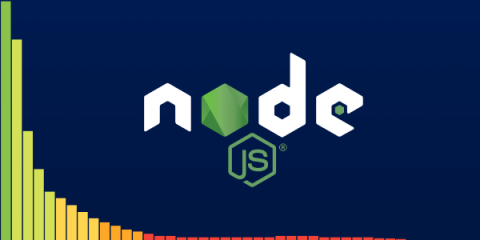Operations | Monitoring | ITSM | DevOps | Cloud
APM
The latest News and Information on Application Performance Monitoring and related technologies.
Datadog named Leader in 2023 Gartner Magic Quadrant for APM and Observability
We are thrilled to announce that, for the third consecutive year, Datadog has been named a Leader in the 2023 Gartner® Magic Quadrant™ for APM and Observability. We believe that this placement reflects Datadog’s continued commitment to understanding our customers’ most complex challenges and building products and services that give them the visibility they need into their applications.
Using SigNoz to Monitor Your Kubernetes Cluster
Improved User Experience, Community-led Tutorials, and the Upcoming Explorer pages - SigNal 26
How to measure and improve Node.js performance
Change is the only constant in software, and few languages change like JavaScript. In just the last few years, we've had the rise of TypeScript and React, dozens of new frameworks, and Node.js has brought us over to the server-side. Google's V8, which powers Node.js, is one of the fastest JavaScript engines in existence. In simple benchmarks, well-optimized JS executed by V8 often performs almost at the same speeds as famously fast languages like C++. And yet, Node applications often seem to be pretty sluggish. This post aims to guide you through the process of measuring and improving Node.js performance.
API update: Manage tracked deployments
Troubleshooting AVD (Azure Virtual Desktop) Connection Failures: A Comprehensive Guide
Today I will cover monitoring and troubleshooting AVD (Azure Virtual Desktop) connection issues and problems. Microsoft Azure Virtual Desktop (AVD) is a powerful cloud-based service that enables organizations to deploy and manage virtual desktops and applications. It provides users with a seamless remote desktop experience, allowing them to access their resources from anywhere. However, like any technology, AVD can encounter connection failures, causing frustration and disruption for users.
How to Monitor Physical Desktops and Laptops with eG Enterprise v7.2
Digital Employee Experience (DEX) and the end user experience is growing in importance. IT teams must ensure that users are satisfied and productive. Many organizations are either moving to hybrid, remote or work-from-home set ups or consolidating end user support teams to support multiple branch offices – this means IT teams are responsible for supporting remote end users if the applications and services are slow or unresponsive.
Improving the Elastic APM UI performance with continuous rollups and service metrics
In today's fast-paced digital landscape, the ability to monitor and optimize application performance is crucial for organizations striving to deliver exceptional user experiences. At Elastic, we recognize the significance of providing our user base with a reliable Observability platform that scales with you as you’re onboarding thousands of services that produce terabytes of data each day.











